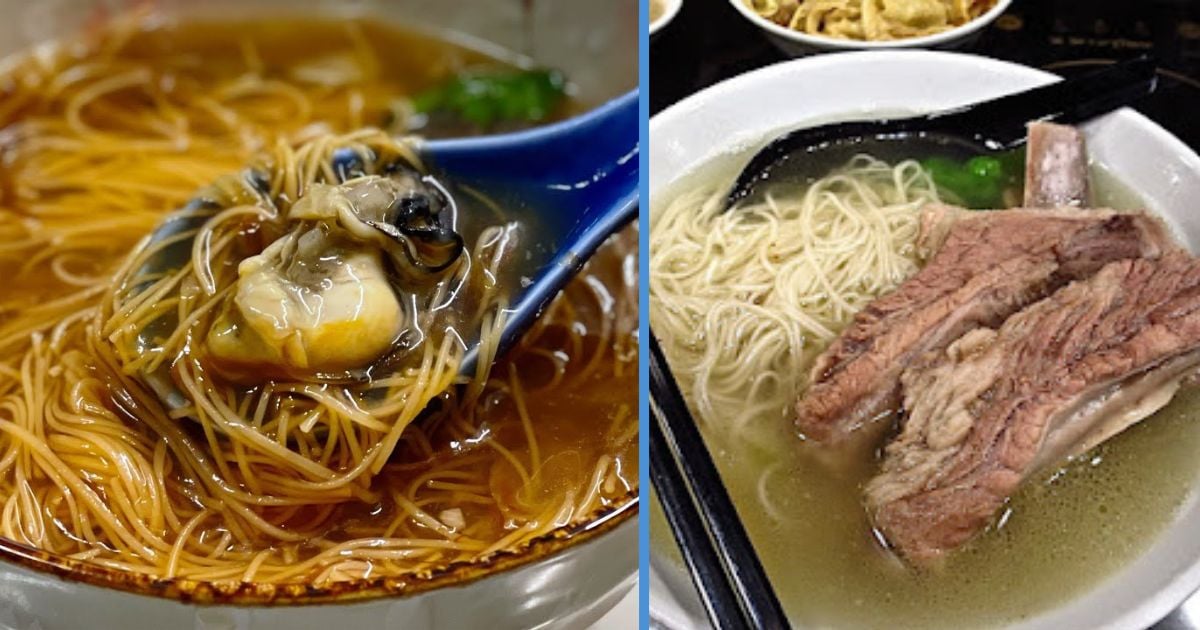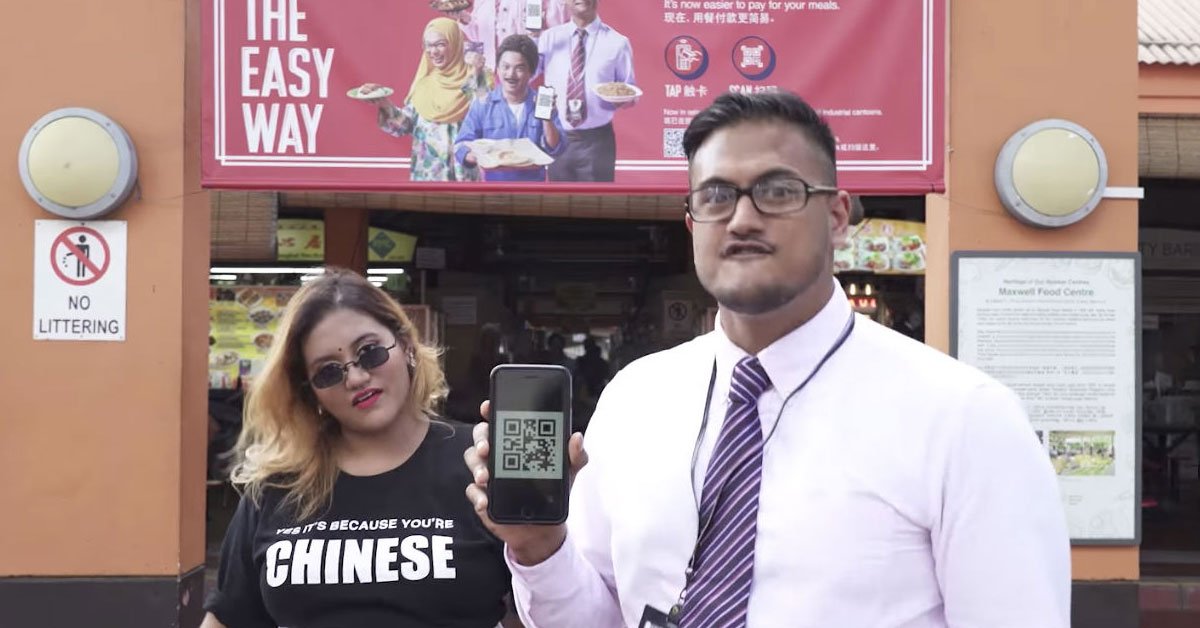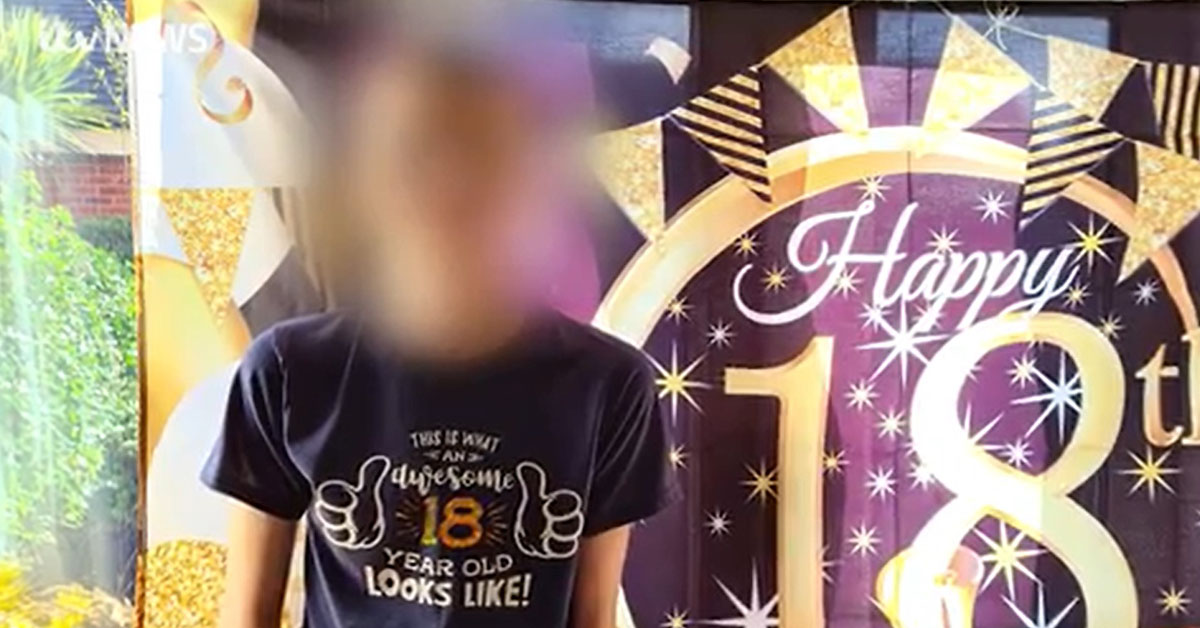Mee suah, also known as wheat vermicelli, is a very thin variety of salted noodles made from wheat flour.
This traditional Hokkien (Fujian) dish is a specialty of Xiamen (Amoy), a city port. It can be dated all the way back to the 12th century Song dynasty, with 800 years of history behind it.
Mee suah is a Chinese comfort food that, like porridge (congee), can be eaten at any time of day. Whether it be for breakfast, lunch, or dinner, mee suah is a warm, nourishing meal that is tasty and easy to eat.
This dish can be enjoyed in many different ways: it can be served as a noodle soup version or stir fried; it can also be sweet or savoury.
Some common ways to eat this dish include orh ah mee suah (oyster mee suah) or with buk kat teh (pork rib) soup.
Yellow wine mee suah is believed to be beneficial for women as it dispels wind and cold, and is hence very effective for menstrual pain. It is also believed to be an effective food remedy for cold hands or feet, or for those with the flu.
Traditionally, Hokkiens eat mee suah on the first day of CNY. It is often their very first meal of the New Year, eaten as breakfast before going to visit relatives’ houses.
If you engage in this tradition, you probably just slurp up the delicious noodles without thinking twice about why you eat this dish every chu yi (first day of CNY).
But, you probably know by now that plenty of CNY foods have auspicious meanings.
From yu sheng and peking duck to even vegetables and spring rolls, there are stories behind each dish that give us a glimpse into the past as well as the values that we Chinese hold dear to our hearts.
Why We’re Told to Eat Mee Suah on the First Day of CNY
The Chinese word for mee suah is chang2 shou4 mian4, which directly translates to “longevity noodles”.
Mee suah is typically served uncut to remain true to its name as a symbol of longevity. Each strand can even go up to 18cm long!
Eating mee suah on the first day of CNY is believed to bring you good health, enabling you to live a good long life.
In some households, it is even discouraged to cut or bite off mee suah as it is said to be defeating its purpose. To fully enjoy the benefits of these “long-life” noodles, one should slurp up the entire length of the noodle before chewing.
Eating these noodles is an auspicious way to start the New Year, and it’s as if you’re manifesting good health for the year ahead.
Eating mee suah is not the only traditional thing to do on the first day of CNY.
While eating mee suah is more commonly practised by Hokkiens, these other traditions are common in most Chinese households, regardless of whether they are Hokkien, Cantonese, Teochew, or others.
During CNY, children are expected to pay their respects to their parents and elders with mandarin oranges, who will, in turn, offer their blessings.
Parents give angbaos to their children, and elders give angbaos to those who are unmarried and younger than them. These are seen as blessings to those younger than them.
While there are things to do on the first day of CNY, there are also things we should not do.
One should stay dry on chu xi as it is thought to be bad luck to wash your hair, do the laundry, or sweep the floor as your good fortune will be washed or swept away.
In this Year of the Dragon, let’s usher in prosperity and good fortune by slurping up delicious bowls of mee suah, eating spring rolls, and more.



